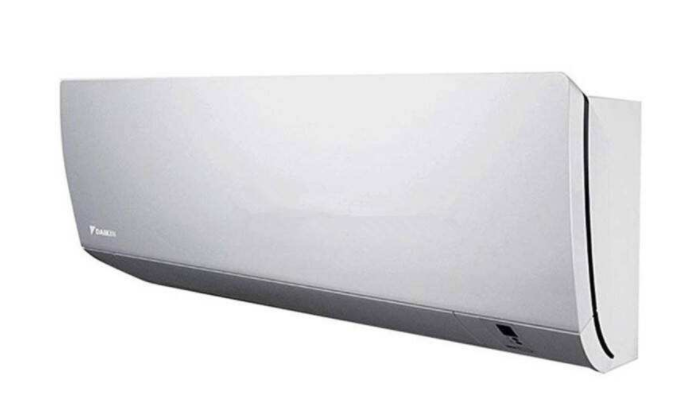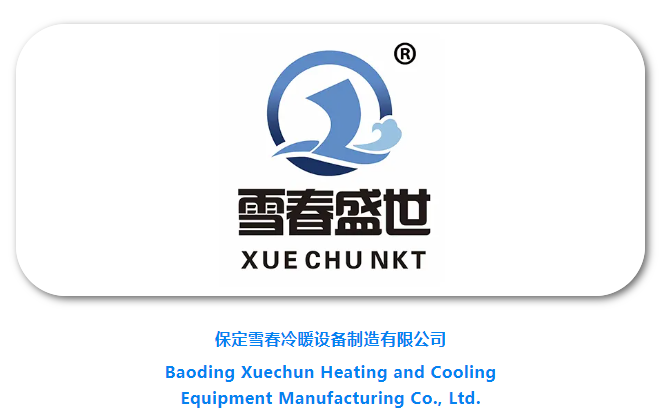Leading air conditioning manufacturer Daikin has entered into a co-operation agreement with Kyoto’s Doshisha University with the aim of practical research and development on environmental issues.

The Doshisha-Daikin Next Environment Research Centre will be established within Doshisha University to promote practical research and development on environmental issues. The centre is developing a new technology for CO2 capture, decomposition and reuse at room temperature, combining Doshisha University’s proprietary CO2 electrolysis technology with Daikin’s fluorine chemistry technology.
The partnership will also pursue the development of air conditioners with even higher efficiencies.
In addition, it will also work to develop collaborative innovation human resources, looking at the development of human resources who can put academic results, including business proposals, into practical use in society.
Established in 1875, Doshisha University is one of Japan’s leading, and oldest, private institutions of higher learning, and has approximately 30,000 students.
Daikin Industries will contribute JPY1bn ($9.3m) to the project, with JPY200m (£1.86m) including capital investment in the first year.
The partnership will seek to create a function that surpasses carbon fixation by plants by combining Doshisha University’s proprietary CO2 electrolysis technology using molten salt with Daikin’s knowledge of fluoride-based ionic liquids.
To increase efficiencies, the project teams will look at three main elements – inverters, compressors, and heat exchangers. The teams will seek to minimise energy loss, improve the strength and corrosion resistance of materials and reduce refrigerant leakage by aiming for optimal design of each technology.
Doshisha University is said to have knowledge of electromagnetic energy systems related to inverters and lubrication phenomena of compressors through practical research using actual products.






















